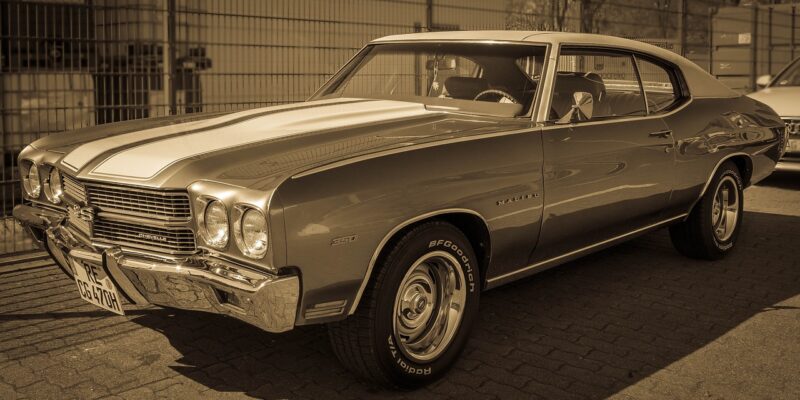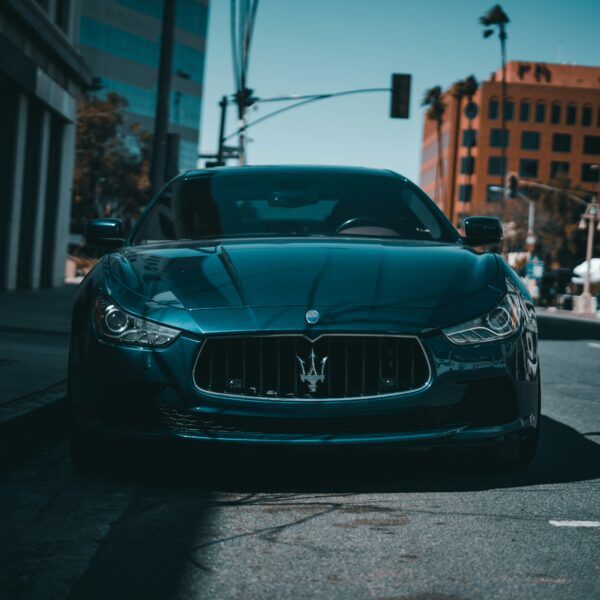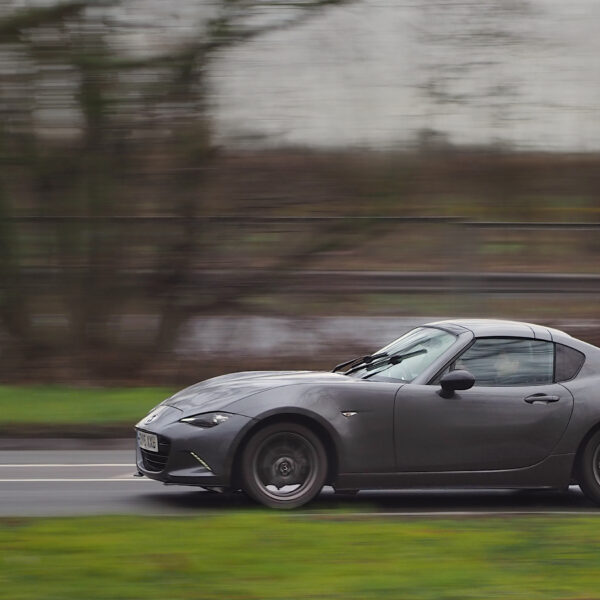Junkyard Gem Resurrected: Unmasking the 1971 Chevrolet Chevelle Heavy Chevy
There are many classic cars on the market today that only the most seasoned enthusiasts would recognize. Some may exist more as the nickname enthusiasts branded them with, instead of the manufacturer’s official title. First off, we are sorry that some of our images here are of the ‘72 or even earlier! While unmasking the 1971 Chevrolet Chevelle Heavy Chevy, a bit of the image sourcing can be a slight challenge.
Unmasking the 1971 Chevrolet Chevelle Heavy Chevy
The Chevelle was first introduced to be in firm competition against the Ford Fairlane. It saw a great amount of success among enthusiasts of the time. This was because it was available in numerous body styles. This release also spurned the El Camino coupe utility. This unique model offered the convenience of a bed when it came time to take on hauling duty. If the driver was already sold on the midsize concept, everything they craved was already in place.

A Speed & Style Swiss Army Knife on the Drag Strip:
As soon as the Chevelle was hitting the showrooms coast to coast, souped-up models for muscle car lovers were rolled out. Potent models such as the Z-16, SS 396, and the SS 454 LS6 were primed for pavement. In 1971, the “Heavy Chevy” came about as an attempt to keep soaring insurance costs lower. As new emissions restrictions were soon coming into effect, this was the last chance to obtain a model with a high displacement rating.
Four delightfully menacing V8 engine options were available for the Heavy Chevy. The largest was the Turbo-jet 402 boasting a 4-barrel carburetor. Then was the Turbo-Fire 350 with either the two or 4-barrel carb. The range-topping option was the Turbo-Fire 307 with a two-barrel carburetor. The Heavy Chevy designation was targeted at drivers who had a longstanding appreciation for beasts such as the Plymouth Road Runner.
Sculpted to Impress, Priced to Amaze:
The 1971 Chevelle “Heavy Chevy” was originally marketed to attract customers by being “Heavy on looks, light on price.” As thrilling as the waving of checkered drag strip flags themselves was the modified SS-style hood. There were also custom “Heavy Chevy” decals gracing the fenders. This Chevelle also boasted trademark body stripes reminiscent of the early ‘70s.
The “Heavy Chevy” variant was not immediately that popular. It accounted for less than 2% of an entire production run. Unfortunately, many of these rare models end up found in junkyards collecting dust. YouTube’s “Auto Archaeology” show located one with severe front-end damage. Sadly, there isn’t even an engine under the hood anymore. The interior is so trashed it was immediately rendered unsalvageable.

Revamp or Relinquish? Viability of Relic Restoration
This particular model was, unfortunately, involved in quite a serious collision. It’s a bit sad for any true muscle fan, because the green-on-black paint job was primo in its heyday. Some completely restored Heavy Chevy models can fetch upwards of around $70,000 when put up for sale. Investors who choose to flip houses must keep their renovation costs low to see maximum profit.
This rule is the same in the car realm. Bringing this particular gem back to life would not quite be worth it! It stings a bit to admit it, but this artifact in the wild will probably not see pavement again. There’s just so much to love here: the specially-welded frame for increased toughness rendered it a true tank. The rear coil springs were also stiffened to take on massive torque.
From Chrome to Corrosion: The Reality of Succumbing to Rust
When the Chevelle line was first designed in the late ‘60s, it claimed to be tough against rust. The frames were specially designed to be segment-leading in the battle against corrosion. The fenders and other body parts weren’t equipped with the same care and went downhill pretty fast.
One other feature that designates a “Heavy Chevy” as rare is a vinyl roof. As the On All Cylinders tech gang has claimed, any spot, stripe, wheel, or badge can designate a model as unique. Many seasoned experts on the hunt at auctions have found that the 307 engine is the most common out there. Many of these models found now have suffered serious enough deterioration to even leave holes in the floors!
The Standing Notion that “Some People Shouldn’t Own Greats”…
Many of the younger drivers that this car appealed to had questionable reasons to leave it behind! Perhaps they grew out of it, became domesticated, or just plain wanted something a bit sleeker. While it is most definitely a “Death Proof” and intriguing model, the “Heavy Chevy” had its qualms. We have witnessed numerous occasions where a once-great car lost its luster.
It may not be so necessary to hate on these past owners so hard! The “Heavy Chevy” came about during a very experimental period of automotive history. Even though there are qualities about the car that are so awesome, perhaps it could be best to “let it rest.” What do you think about this Chevelle’s fate? Is it a sad moment for car lovers to witness? Or, are there plenty of other barn finds out there worth fawning over? Let us know in the comments below, or check out another article about the best cars of the 60s and 70s.
















